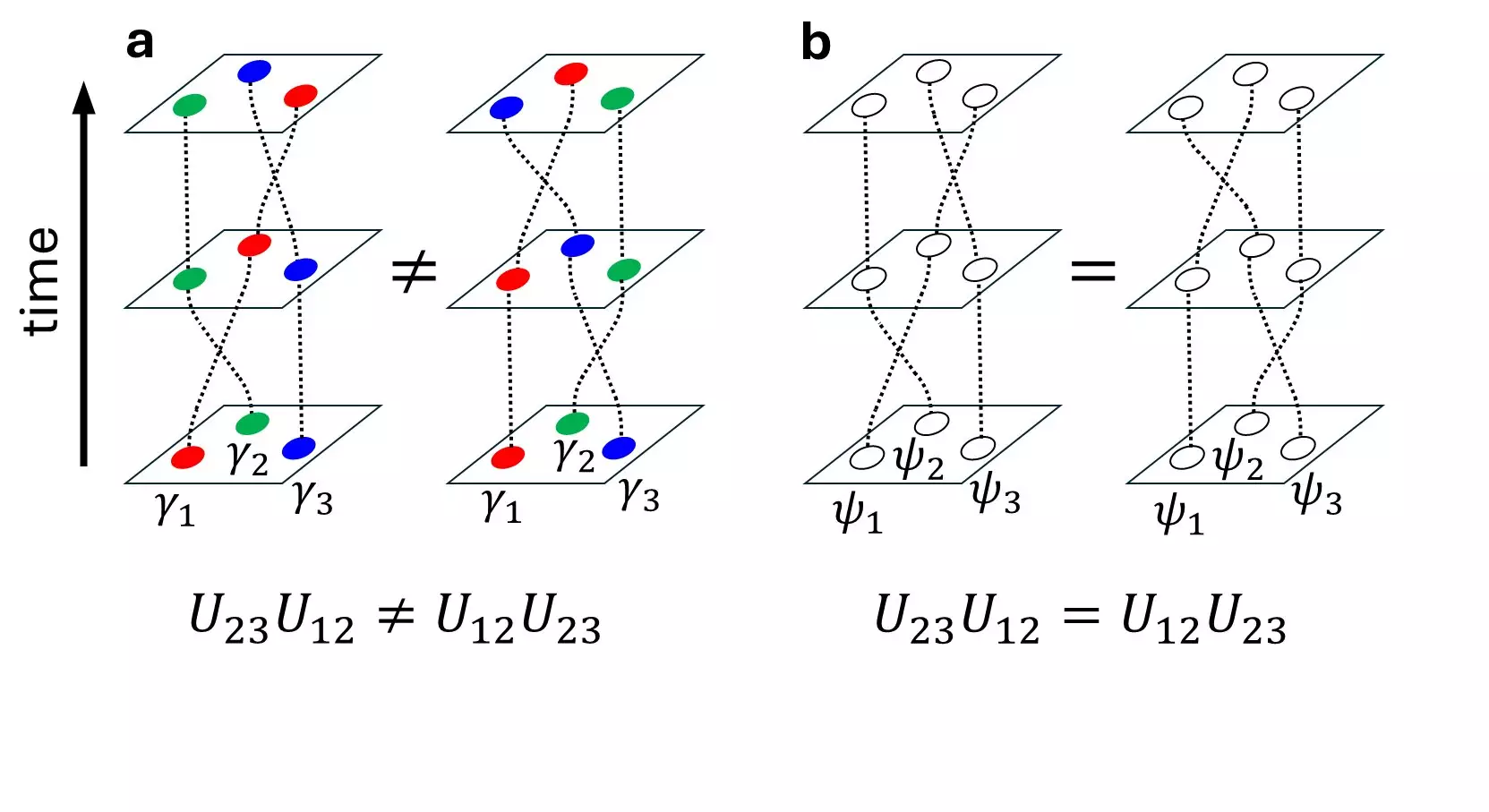Recent advancements in quantum computing have brought to light a remarkable discovery by a collaborative research team that has identified what are believed to be the first multiple Majorana zero modes (MZMs) within a singular vortex of the superconducting topological crystalline insulator SnTe. This momentous finding, led by prominent scientists from the Hong Kong University of Science and Technology (HKUST) and Shanghai Jiao Tong University (SJTU), represents a pivotal step towards achieving fault-tolerant quantum computing. Such a breakthrough not only highlights the potential of MZMs in the realm of quantum physics but also opens new avenues for manipulating these quasiparticles in ways previously considered impractical.
Majorana zero modes are unique entities characterized by their zero-energy state and topologically nontrivial properties. Unlike conventional particles such as electrons or photons, which conform to standard statistics, MZMs comply with non-Abelian statistics. This distinction allows for a wide range of braiding sequences that can lead to differing final states, a feature that is invaluable for quantum computation. MZMs offer protection from local disturbances, rendering them highly suitable for robust fault-tolerant quantum computing systems. However, substantial challenges remain in the engineering and manipulation of these quasiparticles, primarily due to their spatial separation in real-world implementations, which complicates efforts to induce coupling and hybridization.
A Novel Approach to Coupling Majorana Modes
The research team overcame significant challenges by leveraging crystal symmetry to facilitate the interaction between MZMs without the traditional constraints of real space movement or the application of strong magnetic fields. This innovative strategy was made possible by combining theoretical insights from HKUST with experimental proficiency from SJTU. The scientists utilized low-temperature scanning tunneling microscopy alongside their expertise in high-quality sample fabrication to explore the intricate properties of SnTe. Their efforts bore fruit as they managed to induce and observe the presence of multiple MZMs within a single vortex, heralding a new chapter in the field of quantum materials.
The experimental findings from SJTU showcased significant modifications in the zero-bias peak—an essential indicator of MZMs—when the SnTe/Pb heterostructure was subjected to tilted magnetic fields. This observation signified the influence of crystal-symmetry-protected MZMs on the observed physical phenomena. In response to these experimental results, the theoretical team from HKUST conducted large-scale numerical simulations that clarified the anisotropic reactions observed under external magnetic influences, definitively confirming that these responses stemmed from the existence of MZMs safeguarded by crystal symmetry.
Utilizing advanced methods such as the kernel polynomial technique, the HKUST researchers achieved the simulation of expansive vortex systems containing hundreds of millions of orbitals. This unprecedented computational power not only verified the findings related to crystal-symmetry-protected MZMs but also laid the groundwork for potential discoveries in the properties of vortex systems.
The implications of this research are profound. By unveiling the existence and characteristics of multiple MZMs in a controlled environment, the team has ushered in a new horizon for the development and experimentation with non-Abelian statistics. This knowledge could lead to the design and realization of novel topological qubits and quantum gates that exploit the unique capabilities of MZMs, positioning researchers to explore previously inaccessible dimensions of quantum information processing.
As we venture deeper into the quantum realm, the synergy of theoretical exploration and experimental validation provided by this collaboration stands to revolutionize our understanding of quantum phenomena. The exploration of crystal-symmetry-protected MZMs not only promises enhanced fault tolerance in quantum computing but also sets the stage for groundbreaking advancements in materials science and quantum technology. The journey of unraveling the complexities of MZMs continues, inviting further inquiry and innovation in the quest for harnessing the power of quantum computing.


Leave a Reply